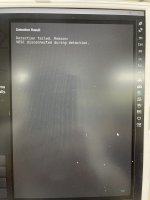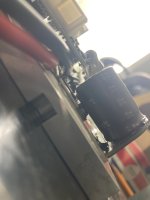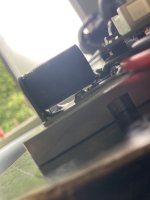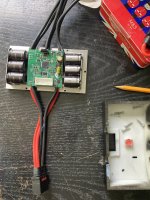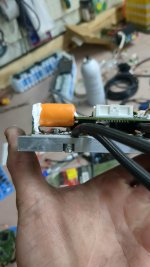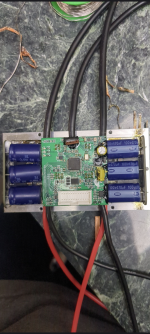You can add PV NextGen design to that list: it has had the hardware overcurrent and overvoltage protection from day one.
It's not that hard or expensive to implement, just a few comparators and proper gate drivers that have disable pins. It saved me quite a few power stages from blowing up while testing as, obviously, software-based protections while being pretty good when MCU runs fine, don't trigger when the code crashes or restarts. And that's not an uncommon occurrence when hundreds of amps pushed in close proximity to sensitive circuits, sharing the same ground, and the power supply.




